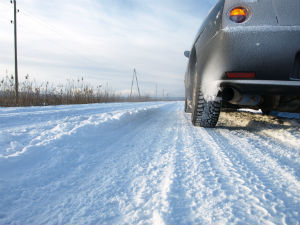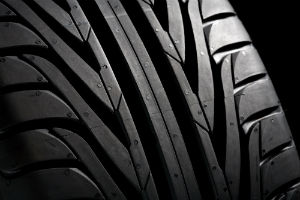Your tires are one of the hardest working elements of your vehicle, but how often do you check and make sure they’re acceptable and safe? It’s easy to overlook the underside of your car, but tire tread is simply too important to forget about. Remember, your tires are the only point of contact with the road for your entire vehicle, and the only thing that keeps your car from flying off of the road, when you’re going around a corner! Your tires keep you safe, secure, and keep your vehicle performing properly. In other words, they are vital to your car.
Thank you for reading this post, don't forget to subscribe!Check your tire tread depth. The tire tread is made up of little valleys and sipes molded into the tire at its creation. These are made to direct moisture away from the flat areas of the tire to maintain traction in poor conditions. Your tread grips the road and aids to the performance of your car. The tread depth decreases as rubber wears off your tire with use. Over time, when deep valleys start to seem shallow, is when you know it’s time to replace the tires. Most mechanics recommend 2/32nd of an inch as the depth required for treads; however, we recommend that at 4/32 of an inch (1/8th of an inch) tread depth you should be looking for new tires. Try the ‘Lincoln Penny Head Test’ to see, if you are too low on tread. Stick a Lincoln Penny down into the tread, if you can see the top of his head, your tread is too low, and it’s time to change your tires.
IMPORTANT: Your tire is only as good as its lowest measurement.
NOTE: Measuring Tire Wear tricks. Your tires also have ‘tread bars’. Most tires have tread wear bars to indicate when your tread has been exhausted. These horizontal bars are built into the tire, and you can catch a glimpse of them between the deepest parts in the tread. When these bars become flush with the tread, it’s time to replace your tires. You can also simply measure the depth of your tire tread easily by placing a ruler in your deepest tread.

Uneven Tire Wear. Tires can wear unevenly for multiple reasons. If your tires are wearing unevenly, then most likely they are not performing, as they were designed. Your investment into your tires needs to be supported by regular maintenance of your car. For example, have your auto technician rotate and balance your tires with every oil change. Schedule an alignment check twice a year. Check your air pressure at least once a week. These things will help you to prevent uneven tire wear and maximize the performance and life of your tires.
Don’t wait too long to replace your tires! Driving on tires with low tread, damage, or severe uneven tread wear is dangerous. You are more prone to flats and blowouts. If you think you are in need of new tires, take the time to get them assessed by our auto technician today!


